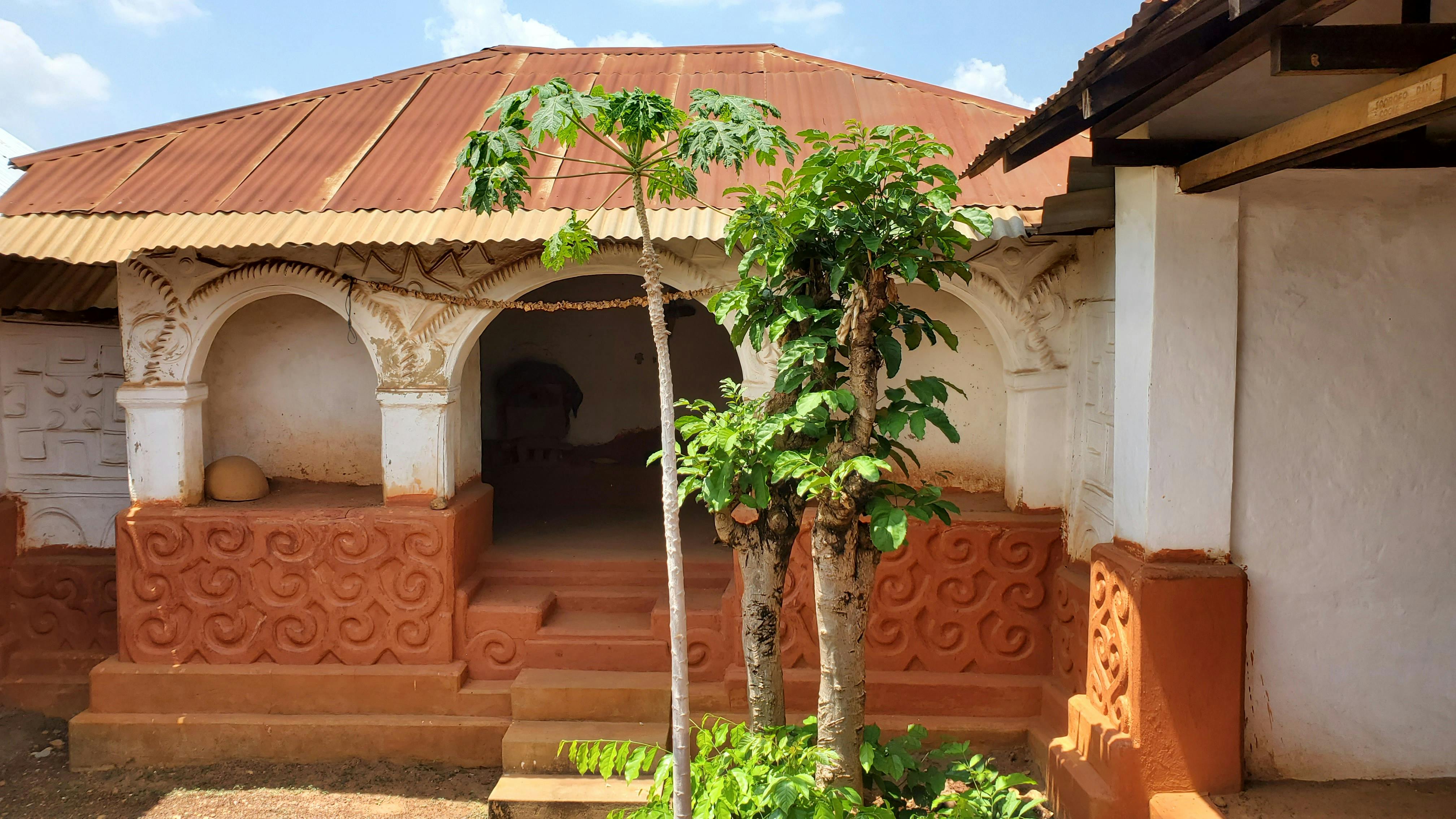Great Zimbabwe

The Capital of the Kingdom of Zimbabwe
The undulating walls of Great Zimbabwe, the monumental capital of the Kingdom of Zimbabwe, are one of the most emblematic examples of the world’s architectural heritage. The name of the site derives from a Shona word meaning “stone house,” and it is the largest of the over 300 zimbabwe sites across the country.
A national monument and a UNESCO World Heritage Site, Great Zimbabwe encompasses extensive areas of archaeological remains, including the Hill Complex, a granite acropolis that was occupied for centuries; the iconic Great Enclosure, the largest ancient structure to be built in sub-Saharan Africa; and the Valley Ruins, which comprise a series of residential ensembles that were occupied more recently in the site’s history. At the peak of the Kingdom of Zimbabwe in the fourteenth century, the city was home to a population of more than 10,000. After the fifteenth century, the city was gradually abandoned and fell into ruin.
Preserving for the Future
Today, the archaeological landscape of Great Zimbabwe is a site of great significance for the modern nation of Zimbabwe, serving as a national symbol and a link with its pre-colonial past. It also holds great significance for local communities of the Charumbira, Mugabe, Murinye, and Nemanwa clans, whose lineage is intertwined with the history of the site.
Preserving Great Zimbabwe for enjoyment by future generations is a complex challenge. In recent decades, this architectural icon has come under attack from an invasive plant called Lantana camara. The growth of vegetation threatens the stability of the dry stone walls, and yet drastic interventions like the removal of vegetation can further weaken these historic structures. Besides vegetation, the site faces additional risks, such as the threat of veld fires, an issue of growing concern that endangers the livelihood of many in the country.
Our Involvement
The inclusion of the site on the 2016 World Monuments Watch supported the efforts of the National Museums and Monuments of Zimbabwe to implement a plan that would turn Great Zimbabwe into a center of excellence in archaeological site management. Mapping the various species of vegetation in the area, including lantana, and developing strategies for their control that are informed by international experience while involving local communities will help reveal the aesthetic value of the monument and contribute to its sustained enjoyment.
Watch Day
A two-day awareness campaign in March 2017 that consisted of group discussions and workshops culminated in a group march to Great Zimbabwe to promote the need for cooperation among the different stakeholders in the protection and preservation of the site. Along the way, experts demonstrated the proper methods of removing and disposing of the invasive plants that threaten to overrun the fragile monuments.
Since the Watch
In 2018, the site received an award from the Ambassadors Fund for Cultural Preservation (AFCP). With this support, WMF began a project in collaboration with the National Museums and Monuments of Zimbabwe to improve methods of controlling the pervasive growth of lantana and implement a monitoring system to measure movement in the most vulnerable wall sections. Physical conservation work focused on collapsed sections of wall in the Hill Complex.
The project, which was successfully completed in 2022, also included a training program for skilled local masons on best practices for dry stone conservation at World Heritage sites. The methods developed in the program will subsequently be implemented at other medieval zimbabwe sites like Zinjanja. A two-week field school for university students focused on skills like mapping, observation, risk assessment, and project budgeting.


Related Projects

Asante Traditional Buildings

Rock-Hewn Churches of Lalibela
Restoring the Rock-Hewn Churches at Lalibela was one of the first projects undertaken by WMF in the 1960s.
World Monuments Watch
Through the World Monuments Watch, WMF collaborates with local partners to design and implement targeted conservation programs—including advocacy, planning, education, and physical interventions in the historic built environment—to improve human well-being through cultural heritage preservation.
Our Supporters
World Monuments Fund's work at Great Zimbabwe has been made possible, in part, by the U.S. Ambassadors Fund for Cultural Preservation (AFCP) and U.S. Embassy Harare.







